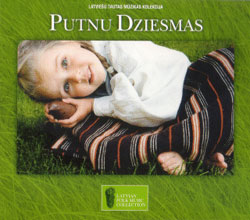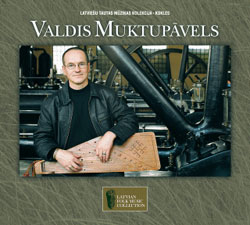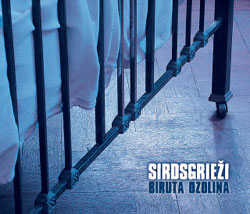
Putnu dziesmas is a strange little recording. It is a collection of children’s songs about birds. But between the songs one hears not only actual recordings of real bird songs, but also the bird song imitations and interpretations (“bird languages”) that have become a part of Latvian folklore. Think “chick-a-dee-dee-dee” and “whip-poor-will.”
Thus, the compact disc includes a great variety, from the long songs “Meža malā klausījos,” “Zvirbuli zvirbuli” and “Visi putni skaisti dzied,” to the standards “Kur Tu teci gailīti mans” and “Skaisti dziedi lakstīgala,” to the very short bunting’s, chaffinch’s and cuckoo’s ditties. The credits on the liner notes even mention an ornithologist, so Putnu dziesmas is obviously well-researched.
The style of Putnu dziesmas is quite similar to Labrītiņi rītiņā, another album in UPE Recording Co.‘s “Latvian Folk Music Collection.” Both reflect the vision of Ilga Reizniece, who also produced both CDs. Following Reizniece’s philosophy that children’s music should be very natural and not pretentious or over-produced, Putnu dziesmas has simple arrangements: kokle, violin, guitar, and whistles—but no synthesizers. All of the songs and verses are sung and said by normal, everyday young children, complete with giggles here and there. It sounds like they had fun during the recording process!
The kids are cute, but not overly so. Still, Putnu dziesmas may not be for everyone. It fits well into our household, though, because our young children really pay attention to the children’s voices.
Although there truly are many songs and verses about birds in Latvian children’s folklore, many of those on Putnu dziesmas seem to be a bit less well-known, at least to Latvians outside Latvia. That said, I hope this recording will serve to introduce these songs to many children and adults, too.
Details
Putnu dziesmas
Latviešu tautas mūzikas kolekcija
UPE Recording Co., 2002
UPE CD 040





